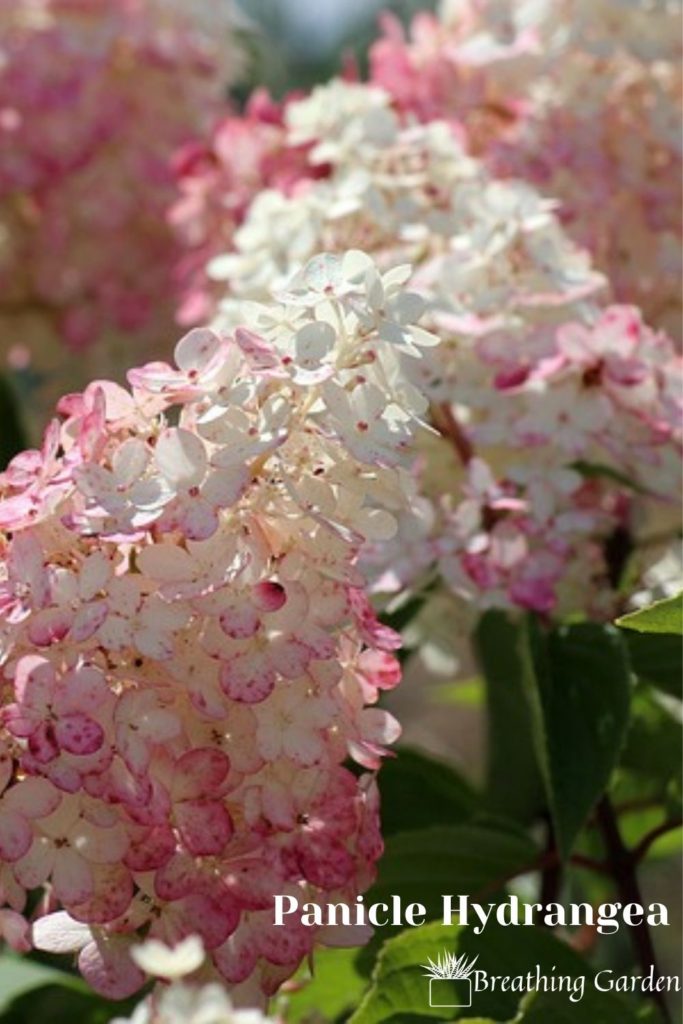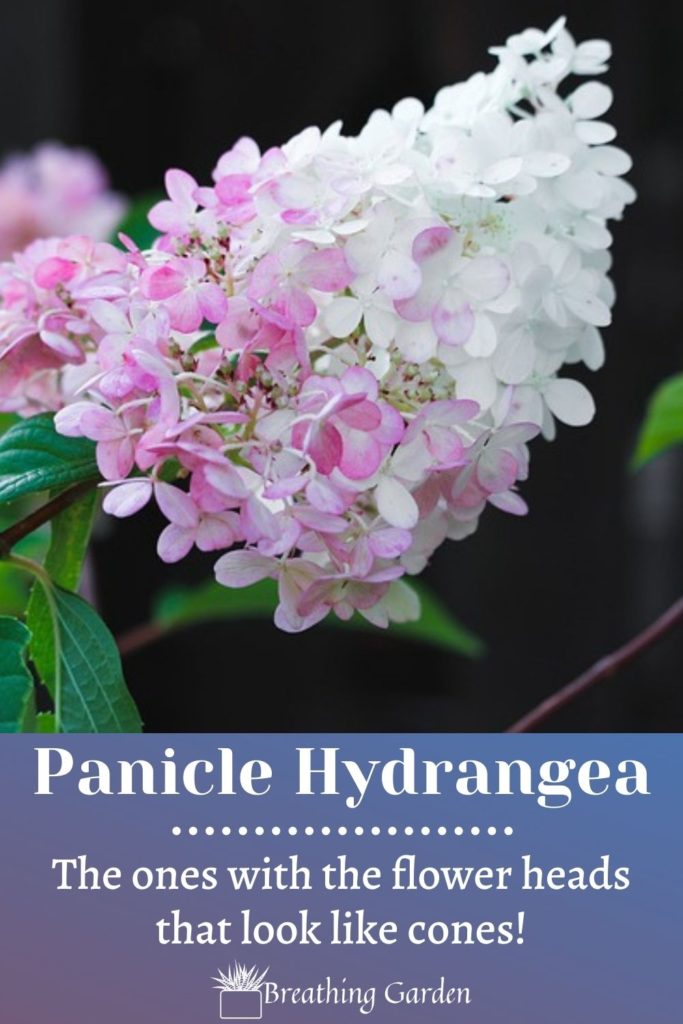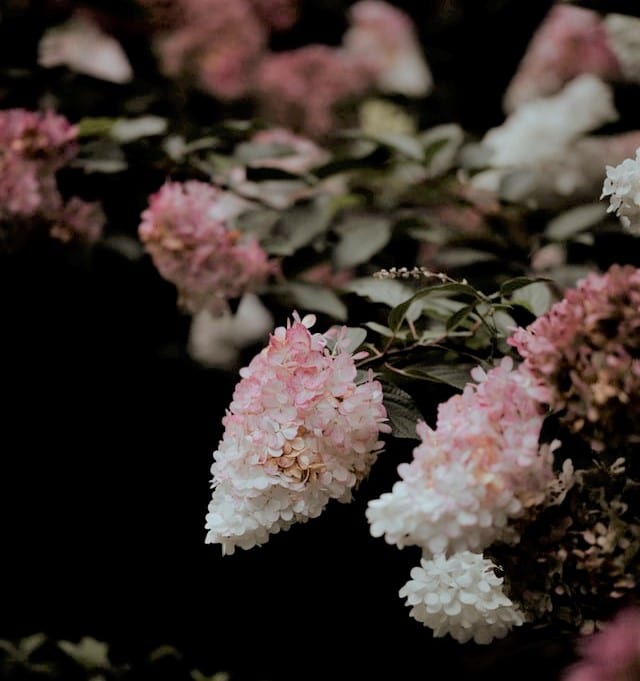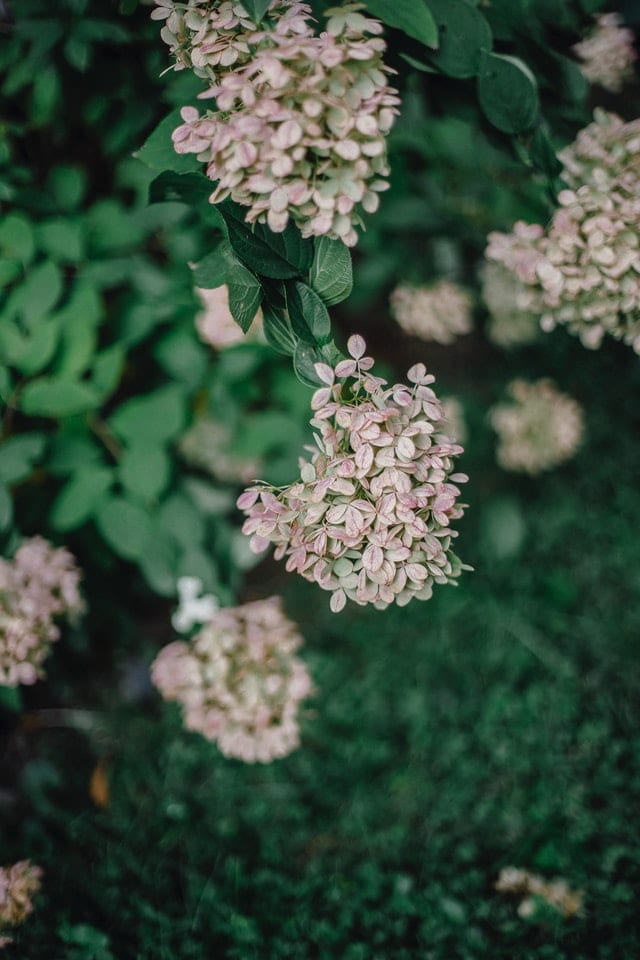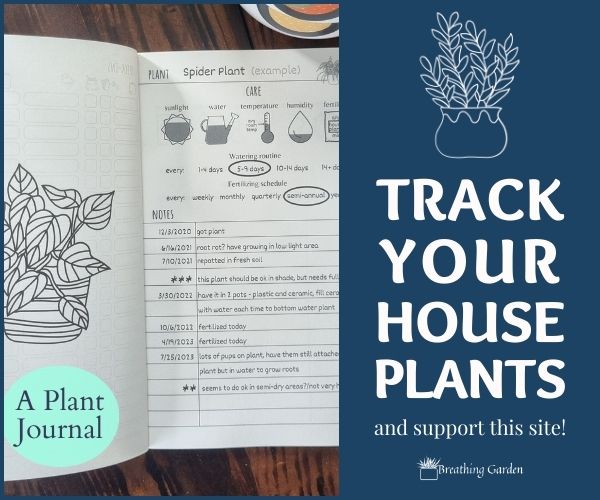Panicle hydrangeas are another variety of hydrangea. This is a beautiful flower that is probably one of the more distinguishable type because of it’s cone shaped flower head.
*This post may include affiliate links. When you purchase items from these links, we will receive a small commission, at no extra cost to you, to help support this website. Thank you for your support! Read more ->
This flower has a few colors it can become, whether white, pink, or red. As hydrangeas are shrubs, this is sure to be a show stopper in your garden!
Panicle hydrangeas are also known as hydrangea paniculata, and while are not the most attractive flower to bees, some varieties of this flower are bee friendly bringing more bees to your garden.
Why’s It Called Panicle?
This specific type of hydrangea is called panicle, which actually means the specific shape the flowers are in.
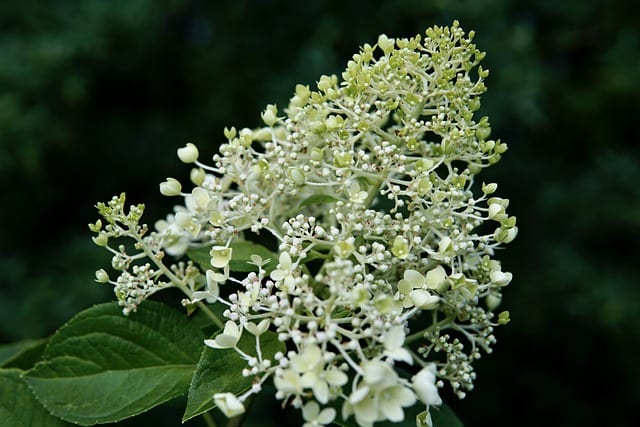
Along with having this shrub grown in your garden, it can also be grown in pots under the right conditions. This is one of the hydrangea varieties that is most likely to survive harder winters. Grow these plants anywhere to USDA hardiness zone 3 (hardiness zone map here).
With all of that in mind, here are 5 things to keep in mind when growing your panicle hydrangeas! (These will be similar to the other hydrangea varieties, but not exactly the same).
Water Requirements
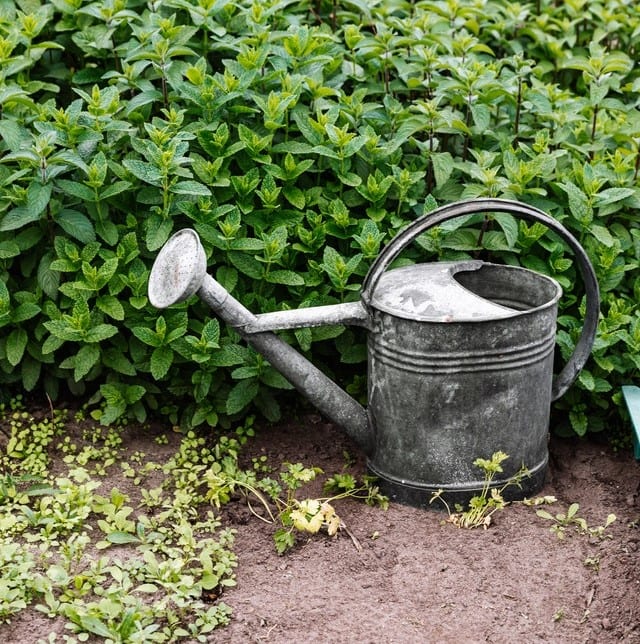
Like the other hydrangea plants, they do like watering. Water regularly, especially in the first few years is important when growing a panicle hydrangea.
Hydrangeas do better when it’s not completely dry, so if it is a hot summer day, be sure to water it. Lack of water can lead to the flowers not looking their absolute best.
On the opposite spectrum of this they are also be prone to root rot, so keep that in mind with the soil needs and how often you’re watering it vs what the weather is doing!
Soil Needs
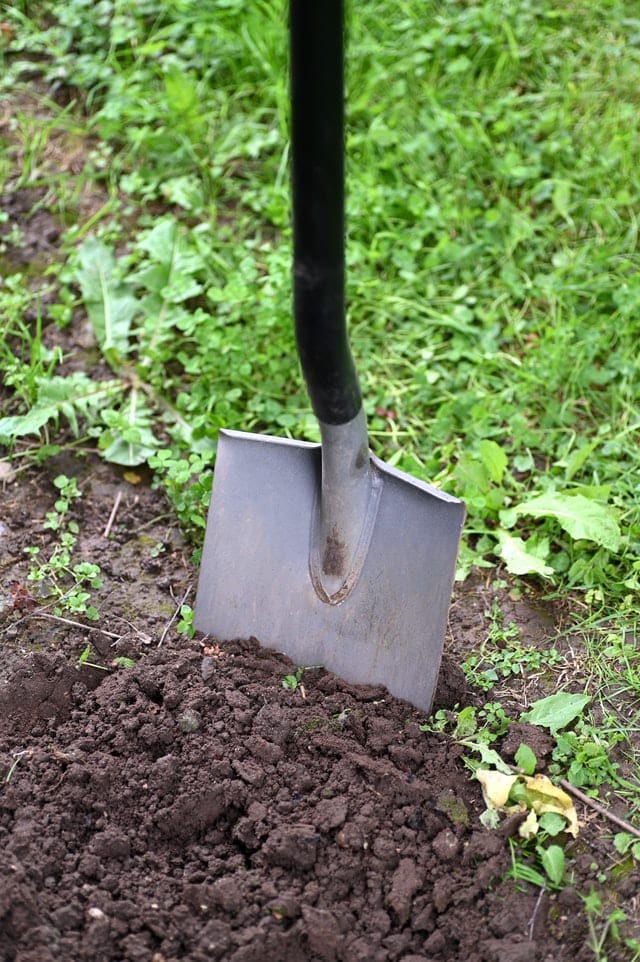
Soil is one of the most important parts of growing hydrangeas. They especially need well draining soil, whether in a pot or in the ground.
If you are growing this hydrangea in a pot, make sure it has plenty of drainage holes so the soil doesn’t get soggy. It can also be better to grow it in a pot that can release moisture, like a terracotta pot!
Have the soil be slightly acidic. If it’s not, then the leaves could yellow and the flowers not completely bloom. This hydrangea variety does not change color based on pH, so don’t worry about not having vibrant flowers! You can easily test the pH of the soil at home.
Make sure the soil is fertilized with a phosphorous fertilizer. If using nitrogen, it can harm the plant and cause it to not flower. (Read other reasons why it might not be flowering here!)
Sun Requirements
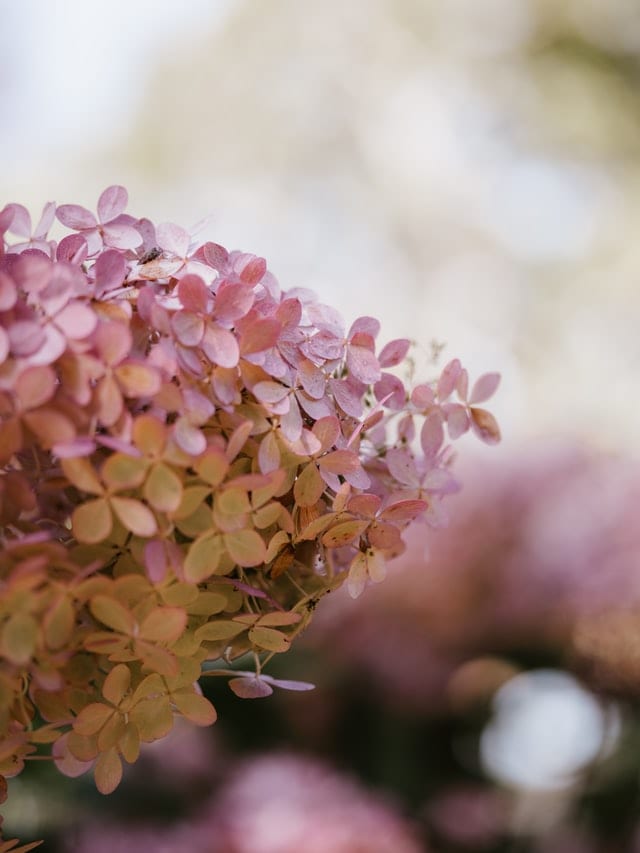
The panicle hydrangea prefers full sun in cooler climates. If there are particularly hot summers, it’s better to choose a location that gets some shade so the plant doesn’t dry out too much.
If you choose to grow this in a pot, then you can always move it to a shadier spot on the extremely hot days.
Pruning
This variety of hydrangea is a new wood one, which means that the flower blooms on fresh growth, rather than on old growth. This is best to prune late winter to early spring.
This is one of the more forgiving hydrangea varieties if you prune it too early, it should still bloom. Or if you don’t prune it at all, it will still flower.
This plant may become leggy if it is too close to other plants. If this is the case, you may want to think about either moving the other plants or it will need to be pruned more often to keep it from branching out so much.
Panicle Hydrangea Varieties & Similar Plants
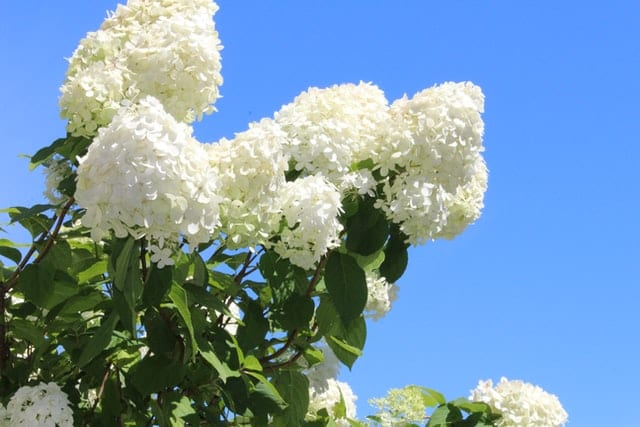
Two common varieties of panicle hydrangea include limelight hydrangeas and little lime hydrangeas, limelight growing to large heights and little lime being the choice if you’re looking for a smaller plant.
Another variety of hydrangea is the smooth hydrangea, which is also easy to grow and has beautiful white flowers.
Keep In Mind
Two other things to think about when deciding to grow these beautiful paniculata hydrangeas include that deer will eat your hydrangeas if they have nothing else to eat or there’s not repellant, and that these plants are poisonous to humans and pets when ingested.
Pin It!
Want to keep these plant ideas for later? Save them to Pinterest!
